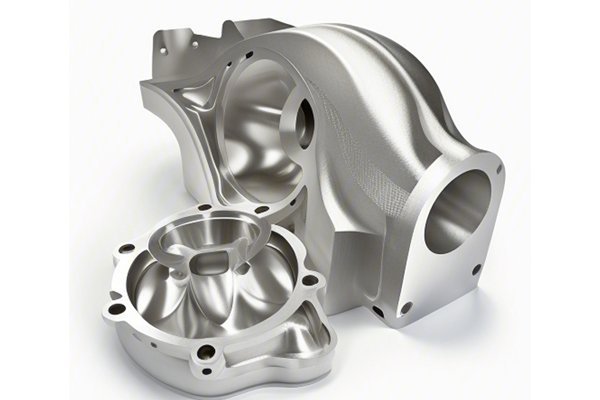Did you know that CNC (Computer Numerical Control) machining can enhance the efficiency of manufacturing processes by up to 50% in certain applications? This flexibility in manufacturing techniques not only streamlines production but also minimizes the risk of human error, ultimately saving time and resources. But can CNC machining be adept enough to handle multiple processes—such as milling, turning, and drilling—on aluminum alloy housings? In this comprehensive blog, we will explore how CNC machining intersects with these processes, offering solutions to maximize efficiency, quality, and overall output.
Understanding CNC Machining
Before diving deep into the multiple machining processes, let’s briefly understand what CNC machining is. CNC machining is a subtractive manufacturing process that orchestrates the removal of material from a workpiece using computer-controlled tools. This method allows for high precision and repeatability across a vast range of materials, including metals, plastics, and composites.
CNC Processes Overview
The Interrelation of CNC Processes
Why Combine Processes?
Combining milling, turning, and drilling in a single CNC operation can yield several advantages:
The Versatility of CNC Machines
Modern CNC mills and turning centers are increasingly capable of performing multiple operations. The innovations in multi-axis machining allow for greater versatility, enabling manufacturers to produce complex parts in fewer steps.
The Two-Axis vs. Multi-Axis CNC Machines
What’s the Difference?
How Multi-Axis Machines Enhance Efficiency
Multi-axis machines are particularly effective for aluminum alloy housings due to their ability to operate various processes within a single setup. By positioning the workpiece at different angles, it’s possible to perform milling, turning, and drilling without removing the part.
Choosing the Right CNC Machine for Aluminum Alloy Housings
Key Considerations
Recommended Machines for Multi-Process Operations

Tooling and Fixturing Considerations
Proper tooling and fixturing are essential to executing multiple processes effectively.
Tool Selection
Fixturing Methods
Using the right fixture enhances stability and accuracy:
Quality Control in Multi-Process CNC Machining
When handling multiple machining processes, maintaining quality becomes critical.
On-machine Inspection
Leveraging in-machine measuring tools can help in real-time adjustment, ensuring the part meets specifications without removing it from the fixture.
Post-Process Inspection
After machining, tools like coordinate measuring machines (CMM) should be used to verify dimensions and tolerances.
The Challenges of Combining Processes
Managing Tool Wear
When performing multiple processes, tool wear can become a limiting factor. Frequent checks and tool replacements, along with choosing the right cutting feeds and speeds, are essential in mitigating this challenge.
Maintaining Tolerances
Tolerances can stack up when switching between processes. Careful planning and robust machining strategies should be employed to ensure that specifications are met.
Practical Application: Slotting, Drilling, and Turning Aluminum Alloy Housings
Step-by-Step Approach
In summary, it is indeed possible for CNC machining to perform multiple operations—milling, turning, and drilling—on aluminum alloy housings. By understanding how to leverage the synergies between these processes and utilizing modern multi-axis machines, manufacturers can achieve remarkable efficiency, quality, and cost savings.
Why This Matters
For businesses investing in CNC machining technology, the ability to combine multiple manufacturing processes in a single setup opens possibilities for innovation and improved production cycles. This blog underscores not only the transformative potential of CNC machining on aluminum alloy housings but also the importance of continuous learning and adaptation in an ever-growing industry.
By exploring these questions and understanding their implications, manufacturers can make more informed decisions that align with their operational goals and market demands. Whether you are a veteran engineer or a newcomer to the world of CNC machining, the insights provided herein should spur thoughts on optimizing multi-process machining in your own operations.
Are you ready to elevate your manufacturing process to new heights by combining CNC machining methods for your aluminum alloy housing projects?






